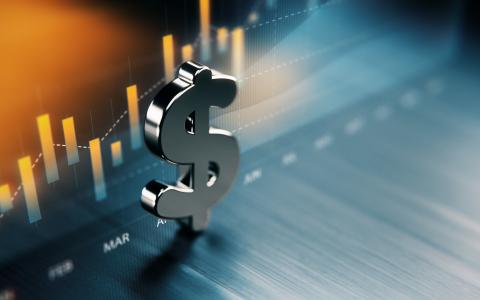
(MarketWatch) Since last year real GDP growth has been slowing. The chair of the Federal Reserve has been signaling that, while growth is slowing, there is no recession risk and the Fed is forecasting continued positive growth. Warning signs in the economy, including an inverted yield curve, have been ignored and stock markets continued to make new highs in July. In August a correction took a place and subsequently a rally ensued into early September. On September 18 the Fed is expected to cut rates.
What’s so special about this? This is hardly news. Except that this paragraph would be as true for the U.S. economy and stock market in September 2007 as it is today. Consider that 12 years ago the yield curve was inverted and U.S. economic growth was markedly slower than it had been in 2006. Yet the Standard & Poor’s 500 SPX, -0.28% made a new high in July 2007 (same as 2019), there was an August correction (same as 2019), and then the Fed cut rates on September 18 (ditto — same day even).
U.S. stocks proceeded to make another marginal high that October — and that was it. Lights out. We all know what happened next.
Markets topped in October 2007 following the Fed’s September rate cut. That November, Ben Bernanke, then Fed chair, said there wouldn’t be a recession. According to a November 2007 Reuters report, Bernanke told a congressional committee: “Our assessment is for slower growth, but positive growth, going into next year.” The U.S. economy entered recession in December 2007.
Does this not sound eerily similar to what Fed Chairman Jay Powell has been saying? Here’s Powell on September 6: “We’re not forecasting or expecting a recession,” he said. “The most likely outlook is still moderate growth, a strong labor market and inflation continuing to move back up.Our main expectation is not at all that there will be a recession.”
Sure, there are differences between now and 2007, and of course no two time periods are alike, but the confluence of circumstances is impressive. Markets now are behaving in highly correlated ways with 2007, and the Federal Reserve seems to be behaving similarly as well.
What does all of this suggest?
For starters, the Fed will not tell you when a recession starts. They can and will be in total denial until after the fact. The 2007 recession began one month after Bernanke stated in front of Congress that there wouldn’t be a recession. So when Powell makes the same declaration as the Fed cuts rates again, know that such a statement has absolutely no meaning. “Not forecasting or expecting a recession” he stated on September 6. Is this Powell’s Bernanke moment?
To avoid the same fate, markets now need to make sustained new highs or risk seeing similar circumstances to 2007 play out in similar ways.
It seems we are at a curious moment in time. Parallels to late 2007 are running through the markets now. This doesn’t mean the market’s fate will play out as it did then, but the ingredients are there and all that’s needed is a trigger. Perhaps the trigger was the attack on Saudi oil installations last weekend. It’s too early to tell, but clearly this is something to keep in mind.



